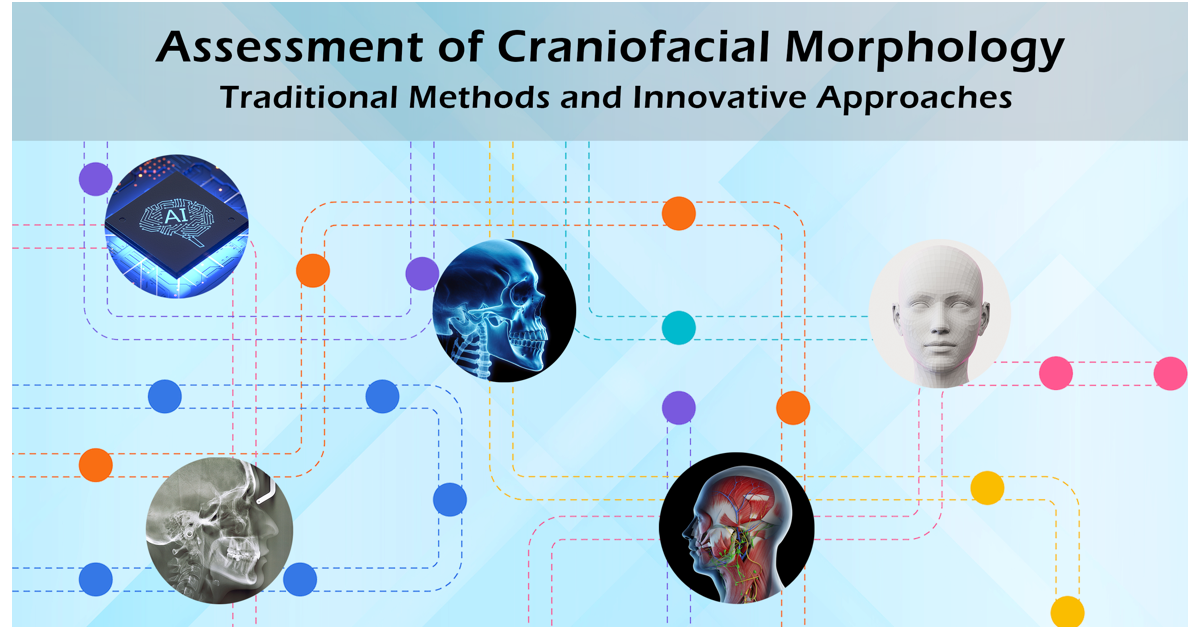Assessment of Craniofacial Morphology: Traditional Methods and Innovative Approaches
Topic Information
Dear Colleagues,
This Topic is a continuation of the previous successful Topic “Diagnosis of Craniofacial Changes: Conventional Approaches and Novel Methodologies”.
The accurate assessment of craniofacial morphology is essential across multiple disciplines to ensure proper diagnosis, treatment planning, and outcome evaluation. Variations and structural changes within and between individuals can be attributed to genetic effects, physiological processes like growth, development, and aging, as well as pathological conditions and medical interventions. In addition to facilitating correct diagnosis and documentation, which serve both medical and legal purposes, accurate patient representations at different time points also impact the ability to track morphological changes. It's important to recognize that even sequential craniofacial images, acquired within a brief timeframe and under identical conditions, may exhibit variations related to the imaging technique or the subject itself. The challenge of reliably assessing craniofacial morphology and associated changes over extended periods is even more daunting.
The craniofacial region is of utmost importance for human life, highly impacting both function and aesthetics. As a result, the accurate assessment of craniofacial morphology is fundamental, and various approaches have been developed to address this need. Traditional methods primarily revolve around two-dimensional imaging, while three-dimensional (and four-dimensional) imaging is increasingly becoming an indispensable component of both daily clinical practice and cutting-edge research. The upcoming article collection will feature literature reviews and original studies focusing on the development and application of imaging modalities and analysis methodologies for the assessment of craniofacial morphology.
Dr. Nikolaos Gkantidis
Prof. Dr. Carlalberta Verna
Topic Editors
Keywords
- craniofacial imaging
- radiography
- facial photography
- anthropometry
- craniofacial morphology
- cephalometrics
- computed tomography
- stereophotogrammetry
- superimposition
- geometric morphometrics
- finite element analysis
- machine learning
- artificial intelligence
